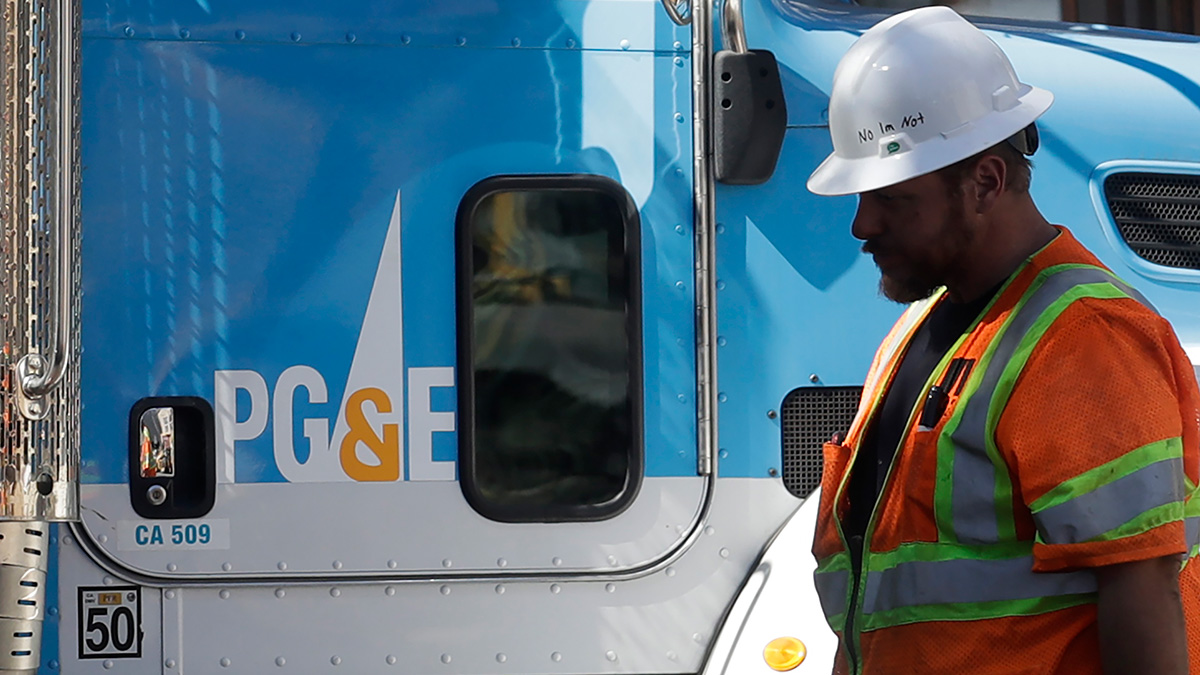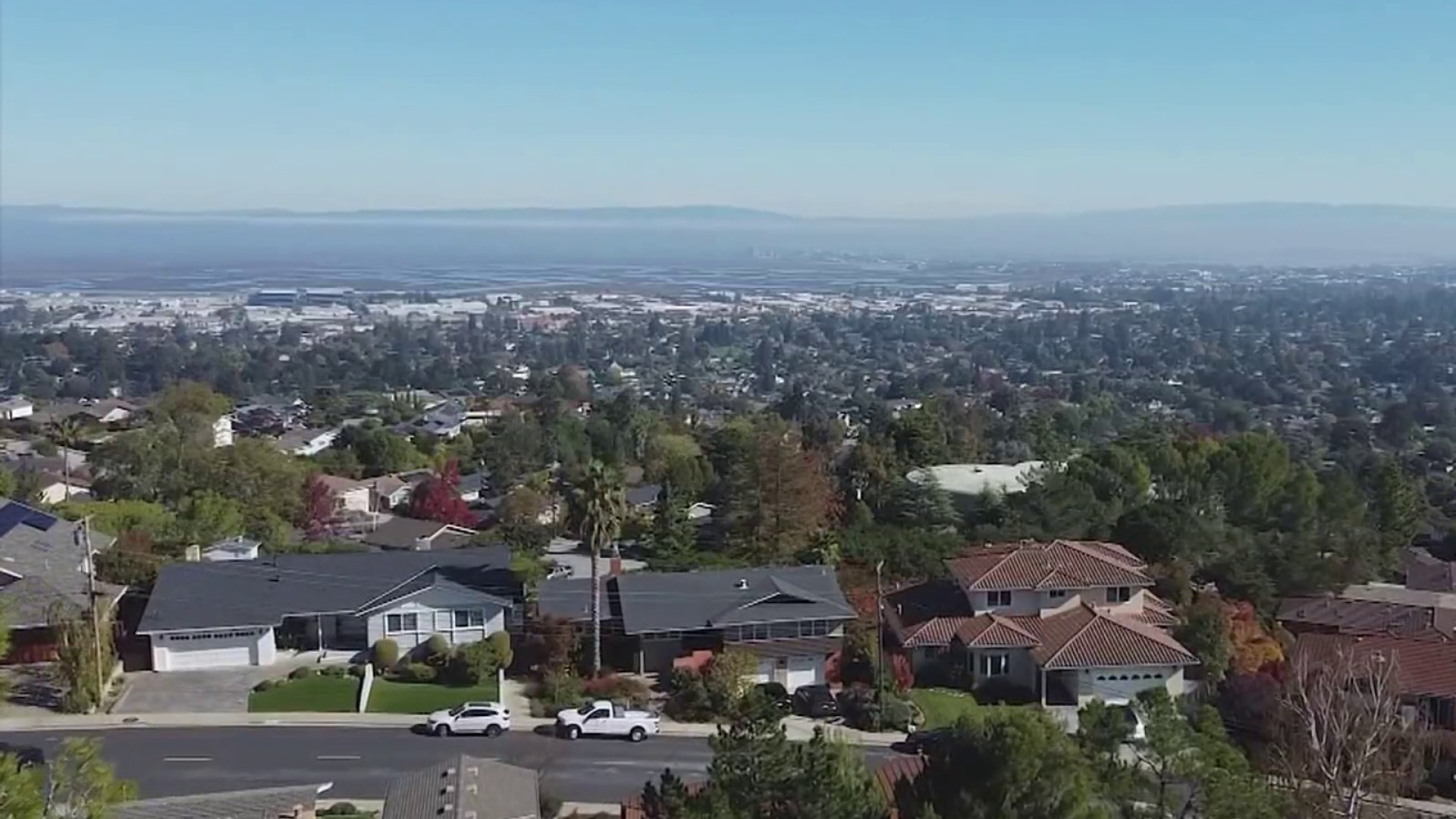PG&E was fined $1 million recently by state regulators who concluded that a fire in the Sierra foothills two years ago was sparked by the careless bungling and mismanaged response of its contract crew.
As luck would have it, a Cal Fire S-2 T air tanker happened to be flying near the Aug. 25, 2021 Mule Fire. The tanker -- capable of dropping as much as five tons of fire retardant – quickly controlled the fire, which burned only 10 acres near Redding. Thanks to the air tanker response, only one structure burned that day, the garage music studio at Billy Davis’ home along Placer Road.
“That's what saved my house -- they dropped it over my building that was on fire,’’ said Davis, a 75-year old Marine veteran who was awarded three purple hearts during Vietnam. While he says he and his family were lucky to escape that day, it was too late to save his prized music room.
“I've been playing music since 14 and I'm the second cousin to Johnny Cash,” he said. “I’ve played a lot of music.’’
At the time of the midday fire, officials were already on high alert because of the windy conditions and the historically massive Dixie Fire raging in the Sierra.
In their Mule Fire report, state regulators blamed the initial bungling of a journeyman lineman, who worked for PG&E contractor Rokstad Power that day. The lineman admitted to Cal Fire investigators that he was “careless’’ when, while cutting a live line to re-route it away from a tree, he struck a second live line with the cutting tool, creating a short-circuit.
“This unsafe and careless action started the Mule Fire,” the state regulators’ report concluded.
The Investigative Unit
Have a tip for The Investigative Unit? Call 1-888-996-TIPS.
“While it was accidental, the lineman failed to recognize the danger and take appropriate precautions,’’ regulators added. Although the lineman was uninjured, sparks from that short-circuit showered a 15-foot area around the pole, touching off fires.
As the fires spread, the crew realized the designated jobsite firefighting rig, a trailer-mounted pump and tank known as a “water buffalo,” was stationed nearly 300 feet away. That made the fire far out of reach of its 200-foot long hose. By the time the crew members were able to move the rig closer, they had to run for their lives. Two suffered minor burns before Cal Fire airdrops contained the fire.
Get a weekly recap of the latest San Francisco Bay Area housing news. Sign up for NBC Bay Area’s Housing Deconstructed newsletter.
“As I read through it, it looked like a Keystone Kops movie,” said Ken Buske, a veteran electrical engineer who’s probed more than 1,000 fires. “These guys didn’t understand fire,” he said, pointing first to the actions of the lineman in hitting a second live line while cutting the first.
Buske said workers likely did not realize that they had just seconds to contain the ensuing fire.
“If they don't have the fire out, let's say in a quarter minute, the fire would just get big and they won't be able to put it out,” he said.
PG&E’s own assessment blamed training lapses and what it called the crew’s “inadequate” fire response – adding that such incidents threaten to undermine confidence in its ability to “protect the public.”
PG&E said it has since changed its policy to assure that firefighting rigs are in the immediate area of where they are working, so they’ll have firefighting equipment at the ready.
Although it paid a $1 million fine, PG&E told NBC Bay Area’s investigative unit that Rokstad Power was at fault for what happened. Rokstad did not respond to a request for comment.
Davis, who filed a claim that PG&E referred to Rokstad, says he’s been waiting more than two years for someone to take responsibility for what happened that day.
“I know they know the truth and I know they know they did it,” Davis said. “Why they wouldn’t help us out and give us a little compensation for the families? That I don't know. I just wish they would.”



